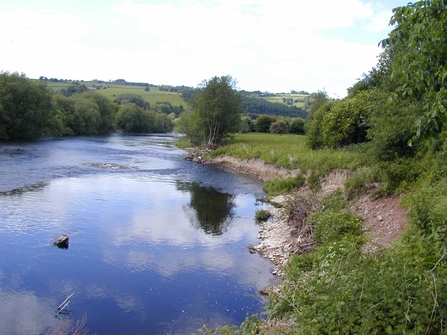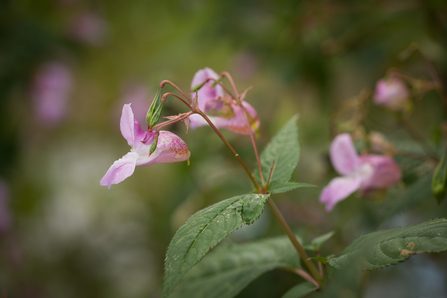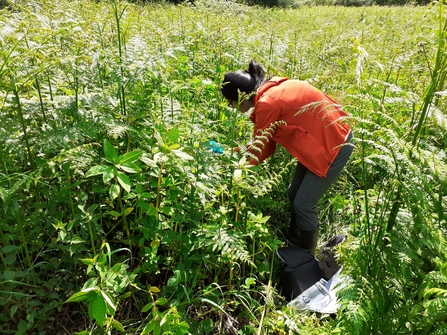Clifford Common nature reserve, is maybe one of our less visited sites, at least outside of the community of Clifford, but its position on the banks of the River Wye make it an interesting site to manage, as well as supporting a range of wildlife associated with the river, such as otters, kingfishers and dragonflies.
Being so close to the river means it experiences floodwater inundation almost every year and notably so last winter. This is having several impacts on the site, firstly the increasingly high river levels are gradually eroding the bank, above which the main public access track runs. Through the winter, the site may be totally flooded and dangerous to enter. The river carries with it all that falls in upstream and this debris is often deposited in the slacker water on the reserve. Mostly it is woody material but often includes man-made detritus, such as farm plastics and litter.




